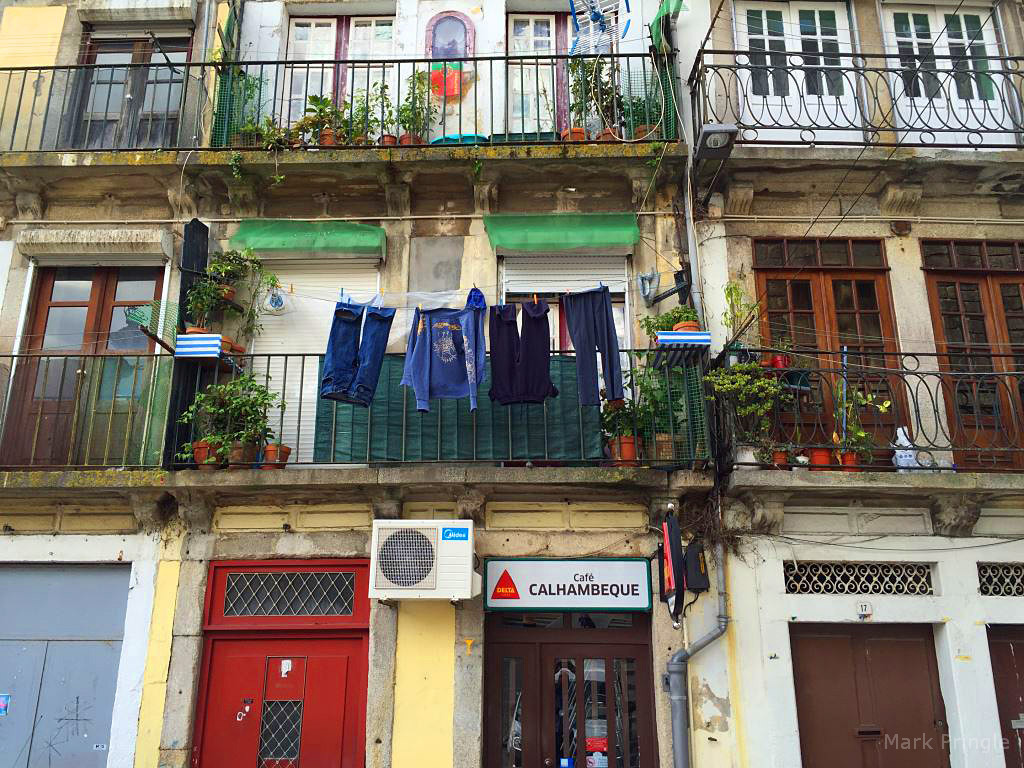Towering cathedrals, a vibrant cityscape, a spectacular wine region to the East, and, a collaboration of old, dilapidated, and new architecture create possibly the best city in Portugal, Porto. This large Portuguese city of Porto (second in size after Lisbon) straddles the Douro River on both sides, with its rolling hills full of a colorful energy that only seaports can provide. The only other cities where you can find these unique characteristics are in Cuba or Argentina.
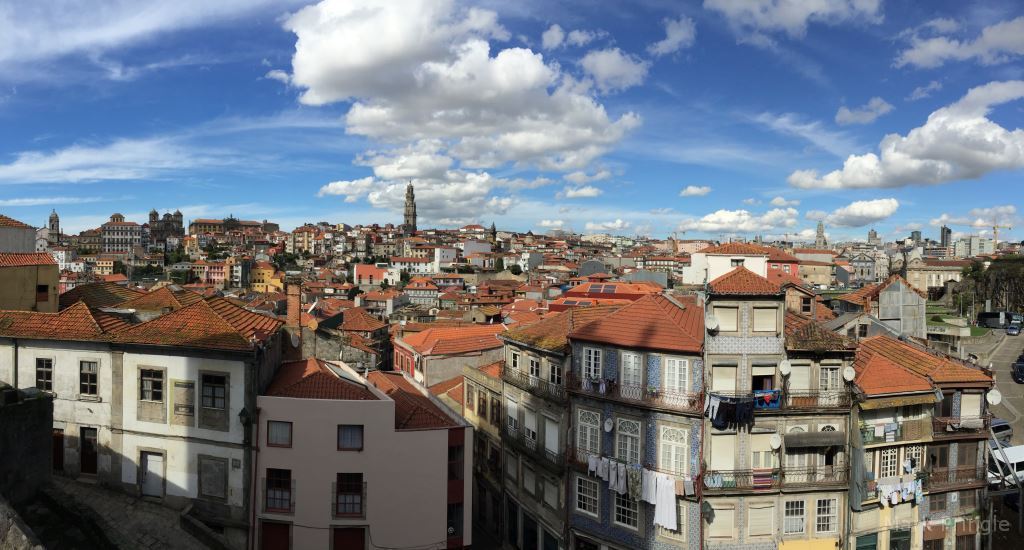
The city extends to the Atlantic as well as to the Matosinhos's ports and Leca’s near the north. In Porto you will come across the maze of alleys known as medieval alleys. It is filled with mysterious tunnels and swerving roads that lead to hilltops, where towers with crosses mark the skyline. You will also find the old world shops, baroque monuments and also the cobbled streets. At night, the yellow orange lights from the buildings reflect on the river, while the rest of Porto dances or relaxes to the sweetness of port wine. No city in Portugal has the character and vibrancy of Porto (sorry Lisbon).
Porto is one of the oldest cities in Portugal. The formation of the city dates back 300 BC and initially, the city was established as a commercial port city that was meant to facilitate trade between several other strategic regions within the country. The commercial heritage of the city can also be attributed to the fact that Portugal’s shipbuilding industry owes its origins to the city of Porto.
Porto's Rich Historic Structures
Being one of the oldest cities in the world, Porto has a very rich historic heritage. The rich heritage has seen most of the city’s historic structures being classified as World Heritage sites by UNESCO. In fact, the Historical Centre of Oporto, Luiz I Bridge, and Monastery of Serra do Pilar are UNESCO World Heritage Sites. The uniqueness of Porto's buidlings is founded in a mix of Baroque, Neoclassical, and Belle Epoque periods of high artistic or cultural development.The Romanesque and Gothic cathedrals provide coolness in the city’s warm climate. Historic structures that spread throughout are flocked by industrial buildings and more modern constructs.
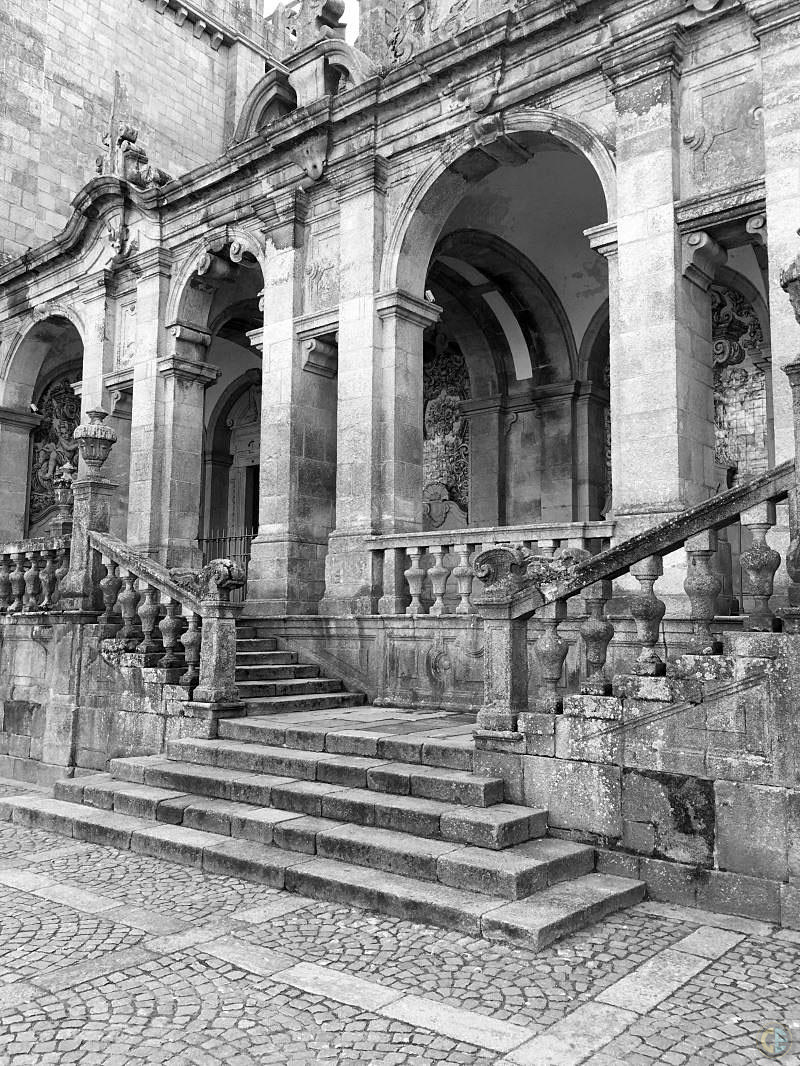
In Avenida Dos Aliados, the centre of Porto city is dominated by neoclassical buildings which have lawns and some trees at the centre; from Avenida Dos Aliados is the Sao Bento, which is regarded as the main station in Porto. Sao Bento is a favourite tourist destination due to its fine and unique Azulejos. It is also in Porto that you will come across the Barredo district. This district is famous for its wide range of medieval alleyways and also the stairs that take you to the ground below, towards the river.
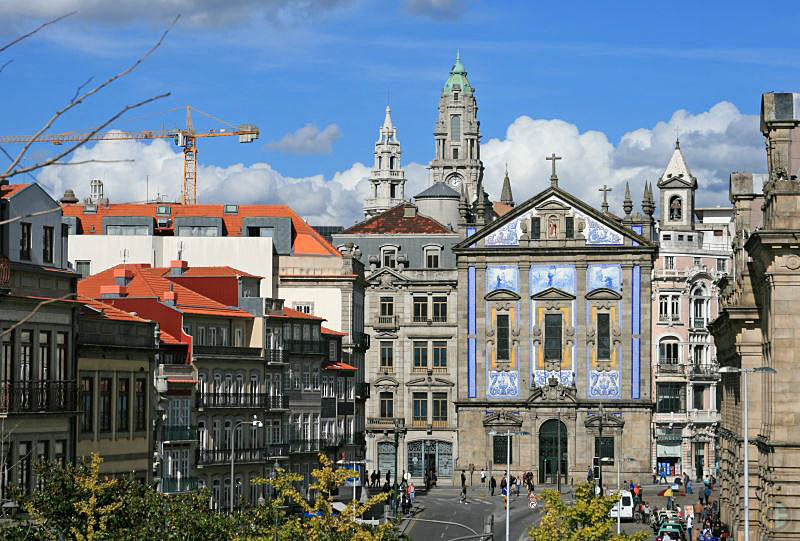
History is also very well represented in this city. Ancient structures such as the Gothic church is one of the ancient structures that have stood the test of time in Porto. In this church, you get to find a lot of skeletons of people who died in the past and are said to be waiting for the judgement day. This place makes someone try and associate with these people’s traditional mode of living and it just takes you back so many years ago.
As the sun sets on Porto, the city shines with a high-spirited nightlife. The smell of musty cellars and the sense of the river make the city float, while the soulful locals and their food keep it all grounded. Porto is everything culture and creativity personified.
A Cultural Hub
Currently, the city of Porto is regarded as an important cultural and commercial hub in both Portugal and the larger European region as well. The city is home to some of the largest financial institutions in the country including Banco Santander, Novo Banco, Banco Commercial Bank and the State owned Caixa Geral de Depósitos (CGD). Furthermore, Portugal has some of the largest shopping malls in the country including the Alameda Shopping Mall, the Galerias Lumiere and the Porto Gran Plaza among others. The banks, malls, hotels and other such commercial entities play a significant role with respect to the overall economy and commercial outlook of the city.
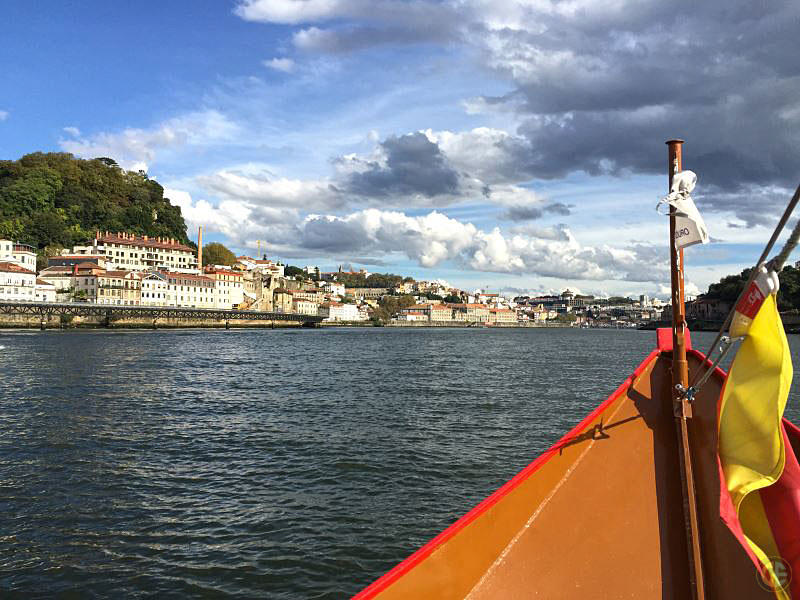
Porto's Mediterranean Climate
The climate of the city plays a very significant role with respect to Porto’s ability to attract tourists from other parts of the world. The city features a predominantly warm Mediterranean climate, although situated on the Atlantic and not the Mediterranean. The summers are warm and mostly dry while the winters are mild with moderate rain. The fact that Porto does not feature extreme climatic conditions has served to attract tourists from various other places in the country and in the region as well, who come to the city in order to escape extreme climatic conditions in their home areas.
